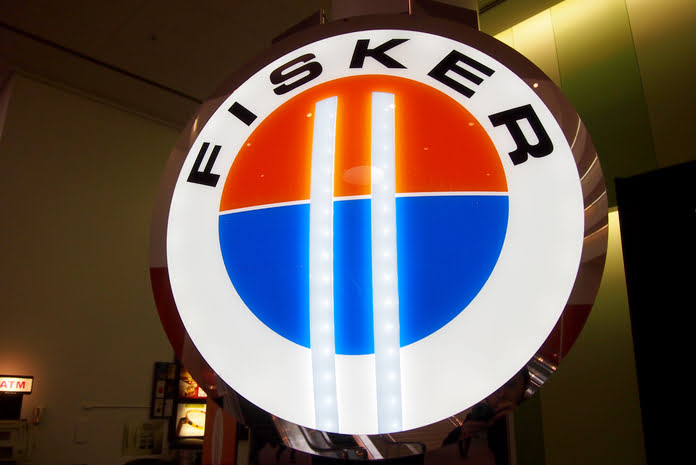The electric vehicle (EV) industry faces significant upheaval, and signs of turmoil are becoming increasingly evident. Last week, EV startup Fisker (NYSE:FSR), like many of its counterparts, issued a “going concern” warning—a common precursor to bankruptcy filings—amid financial uncertainties.
In the past two years, several green energy startups, including Arrival (ARVLF), Bird Global (BRDSQ), Lordstown Motors (RIDEQ), Electric Last Mile Solutions (ELMSQ), and Proterra (PTRAQ), have filed for bankruptcy after riding the SPAC wave to go public, similar to Fisker.
Fisker’s warning isn’t surprising given its financial struggles and dwindling cash reserves. Could Fisker be the next EV casualty, or will it follow in the footsteps of Chinese EV giant NIO (NYSE:NIO), which staged a remarkable turnaround in 2020? Let’s delve into the details.
Fisker’s “Going Concern” Warning
During the release of its Q4 earnings, Fisker cautioned investors about doubts regarding its ability to continue as a going concern, citing insufficient resources to meet its obligations over the next year.
To address this, Fisker is implementing measures such as transitioning to a dealer model from direct sales, reducing its workforce by 15%, and trimming capital expenditures to mitigate cash burn. However, CEO Henry Fisker cautioned of another challenging year ahead.
Despite these efforts, market sentiment remains skeptical. FSR stock plummeted to an all-time low of 38 cents before partially rebounding to close at 48 cents on Friday, resulting in a market cap of approximately $284 million.
Fisker’s Financial Position
At the end of 2023, Fisker reported cash and cash equivalents of $325 million, along with $70 million in restricted cash. However, this cash pile has since diminished, with no specific amount disclosed. Additionally, the company holds $530 million in finished cars and prepaid raw materials, which it plans to monetize in the first half of the year.
Steps to Avoid Bankruptcy
In addition to transitioning its business model and reducing expenses, Fisker is implementing several strategies to strengthen its balance sheet:
Rationalizing capital allocation: Prioritizing investment in its Alaska pickup trucks while delaying Project Pear, a low-cost SUV platform developed in partnership with Apple (NASDAQ:AAPL) supplier Foxconn.
Strategic partnerships: In advanced negotiations with a major automaker for a potential transaction involving investment, joint development of electric vehicle platforms, and North American manufacturing. While the partner remains unnamed, reports suggest discussions with Nissan (NSANY) involving a potential $400 million investment in its truck platform.
Capital raising: Acknowledging the need for additional funding, Fisker is exploring debt or equity options. Discussions with an existing noteholder for additional investment are underway.
Challenges Ahead
Apart from financial struggles, Fisker faces regulatory scrutiny, with the National Highway Traffic Safety Administration investigating complaints about its Fisker Ocean model.
Can Fisker Repeat NIO’s Success?
NIO’s successful turnaround offers hope for Fisker. Despite facing a going concern warning in March 2020, NIO secured funding, improved financial performance, and witnessed a surge in stock price, becoming a $100-billion market cap company. However, NIO has since faced challenges, highlighting the volatile nature of the EV market.
Fisker’s Future Outlook
While bankruptcy isn’t imminent for Fisker, challenges persist amid a pessimistic market sentiment toward EV stocks. Overcoming these hurdles will require raising capital on favorable terms, enhancing delivery and margin performance, and navigating the competitive EV landscape.
As buyers prioritize stability and support, partnerships with established automakers could bolster Fisker’s prospects. While reports of a potential partnership with Nissan have lifted Fisker’s stock, sustained recovery will require more than just initial investments.
In conclusion, Fisker’s fate hinges on its ability to navigate current challenges and establish itself as a viable player in the competitive EV market.
Featured Image: Megapixl















